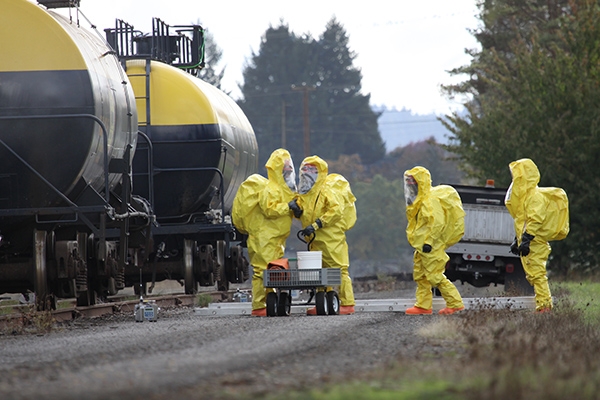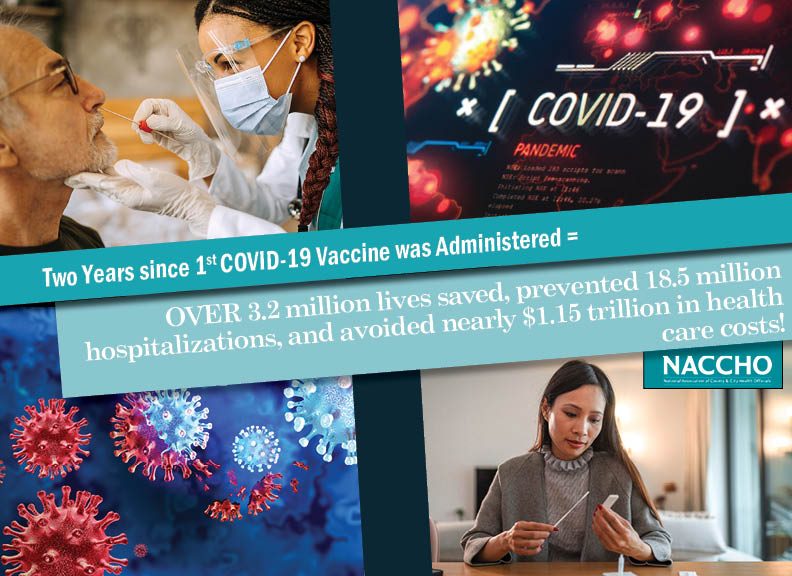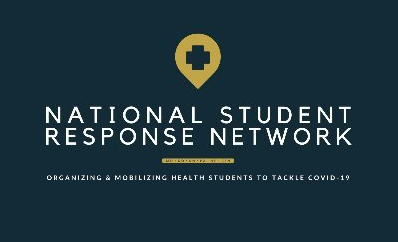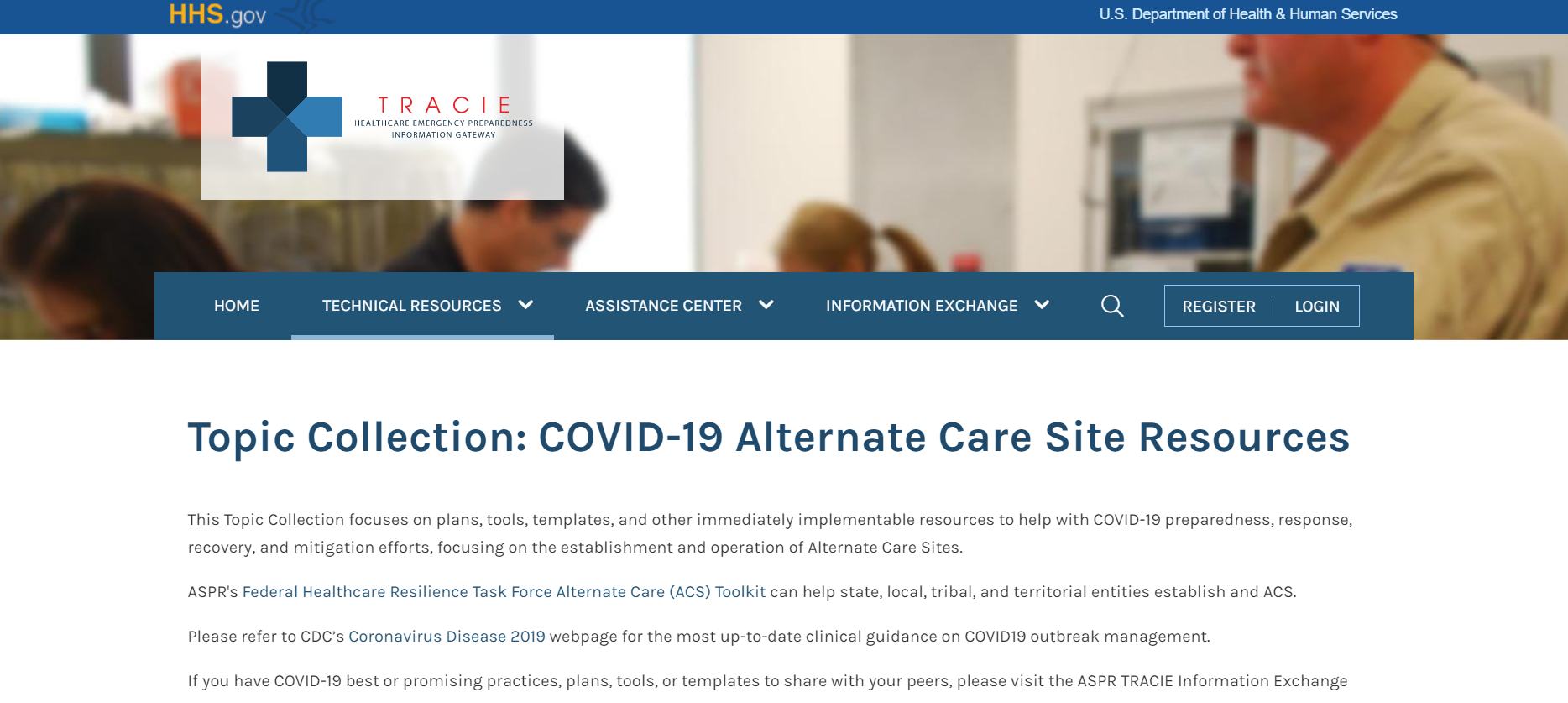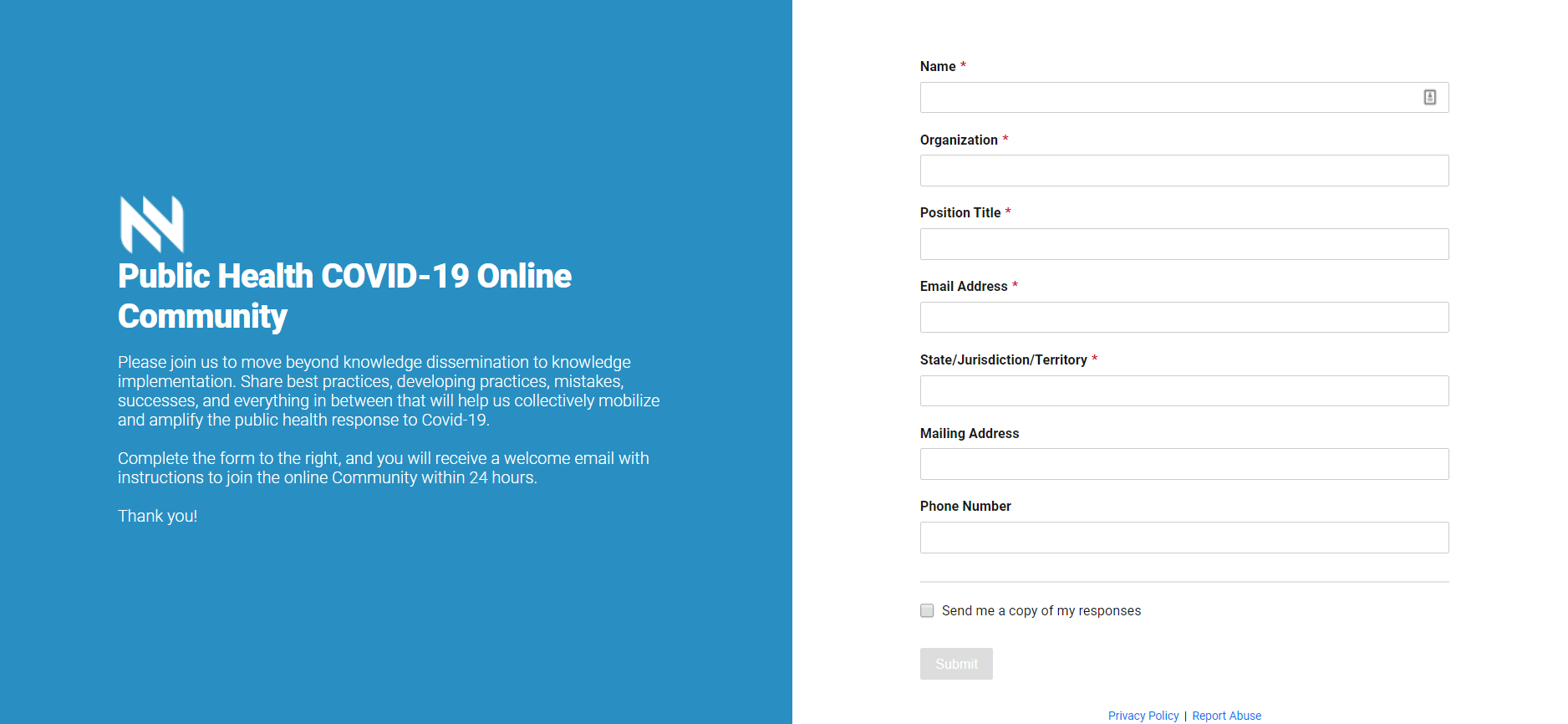Popular Categories
HAZMAT and CBRNE Resource: the Interagency Modeling and Atmospheric Assessment Center
The Interagency Modeling and Atmospheric Assessment Center (IMAAC) provides a single point of contact for federal government...
Jul 13, 2020 | Beth Hess
November 2016 Incident Management Workgroup Report
The fourth meeting of the 2016-2017 project year was held on November 28, 2016. The call’s primary aim was assigning workgroup...
Dec 13, 2016 | Anastasia Sonneman
NACCHO Incident Management Workgroup is Recruiting
NACCHO is currently looking for new members to join its Incident Management Workgroup. Local health officials and public health...
Oct 19, 2016 | Anastasia Sonneman
Incident Management Workgroup September Report
The second Incident Management Workgroup meeting of the 2016-2017 project year was held on September 26, 2016. This meeting was used...
Oct 14, 2016 | Anastasia Sonneman
Incident Management Workgroup August Report
The first 2016-2017 project year meeting for the Incident Management Workgroup was held on August 22, 2016. During this meeting,...
Sep 15, 2016 | Anastasia Sonneman
Measuring Mass Fatality Preparedness – How Does Public Health Stand Up?
Many of the catastrophic hazards that LHDs plan for have serious potential to become mass fatality events. Even in the most...
Jan 13, 2016 | Rachel Schulman
Tools & Resources, Emergency ResponseHAZMAT and CBRNE Resource: the Interagency Modeling and Atmospheric Assessment CenterThe Interagency Modeling and Atmospheric Assessment Center (IMAAC) provides a single point of contact for federal government coordination and dissemination of dispersion modeling and hazard prediction products to support response to real-world incidents involving HAZMAT or CBRNE. Jul 13, 2020 | Beth Hess |
November 2016 Incident Management Workgroup ReportThe fourth meeting of the 2016-2017 project year was held on November 28, 2016. The call’s primary aim was assigning workgroup members to complete “resource scans,” identifying best practices and possible partnerships with various colleges/universities, businesses, or K-12 schools, an essential goal of the work plan. Additionally, a collective workgroup interest was determined during the... Dec 13, 2016 | Anastasia Sonneman |
NACCHO Incident Management Workgroup is RecruitingNACCHO is currently looking for new members to join its Incident Management Workgroup. Local health officials and public health preparedness professionals are encouraged to apply by Friday, November 4. 2016. NACCHO’s Incident Management Workgroup addresses topics related to the use of NIMS and the Incident Command System (ICS), the Public Health Emergency Preparedness (PHEP) Capability Three:... Oct 19, 2016 | Anastasia Sonneman |
Incident Management Workgroup September ReportThe second Incident Management Workgroup meeting of the 2016-2017 project year was held on September 26, 2016. This meeting was used to approve the workgroup goals introduced last month. The workgroup approved three goals for this year, listed below. Strengthen local health department partnerships with Colleges and Universities, K-12 schools, and local businesses as they […] Oct 14, 2016 | Anastasia Sonneman |
Incident Management Workgroup August ReportThe first 2016-2017 project year meeting for the Incident Management Workgroup was held on August 22, 2016. During this meeting, workgroup members discussed and set goals and objectives for the new project year. One of the new project goals is to increase partnership with local businesses in preparing for and responding to incidents. Another goal focuses on […] Sep 15, 2016 | Anastasia Sonneman |
Measuring Mass Fatality Preparedness – How Does Public Health Stand Up?Many of the catastrophic hazards that LHDs plan for have serious potential to become mass fatality events. Even in the most well-prepared communities, events such as pandemics, chemical spills, radiation releases, mass shootings, and acts of terrorism can still result in extremely high death tolls. Moreover, it doesn’t necessarily take a large number of deaths […] Jan 13, 2016 | Rachel Schulman |
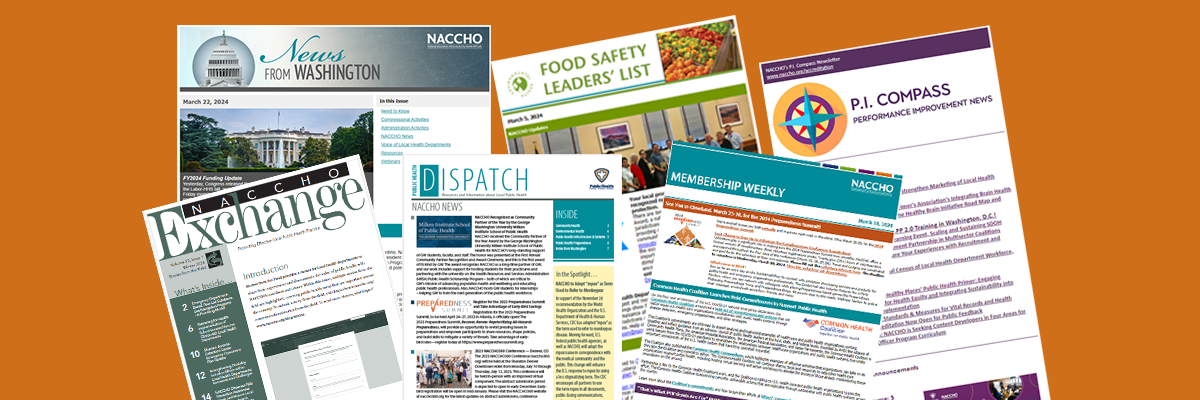
Subscribe Today
Sign Up for the E-mail Digests
Create an account or login to MyNACCHO and go to "My Subscriptions."
SUBSCRIBE NOW